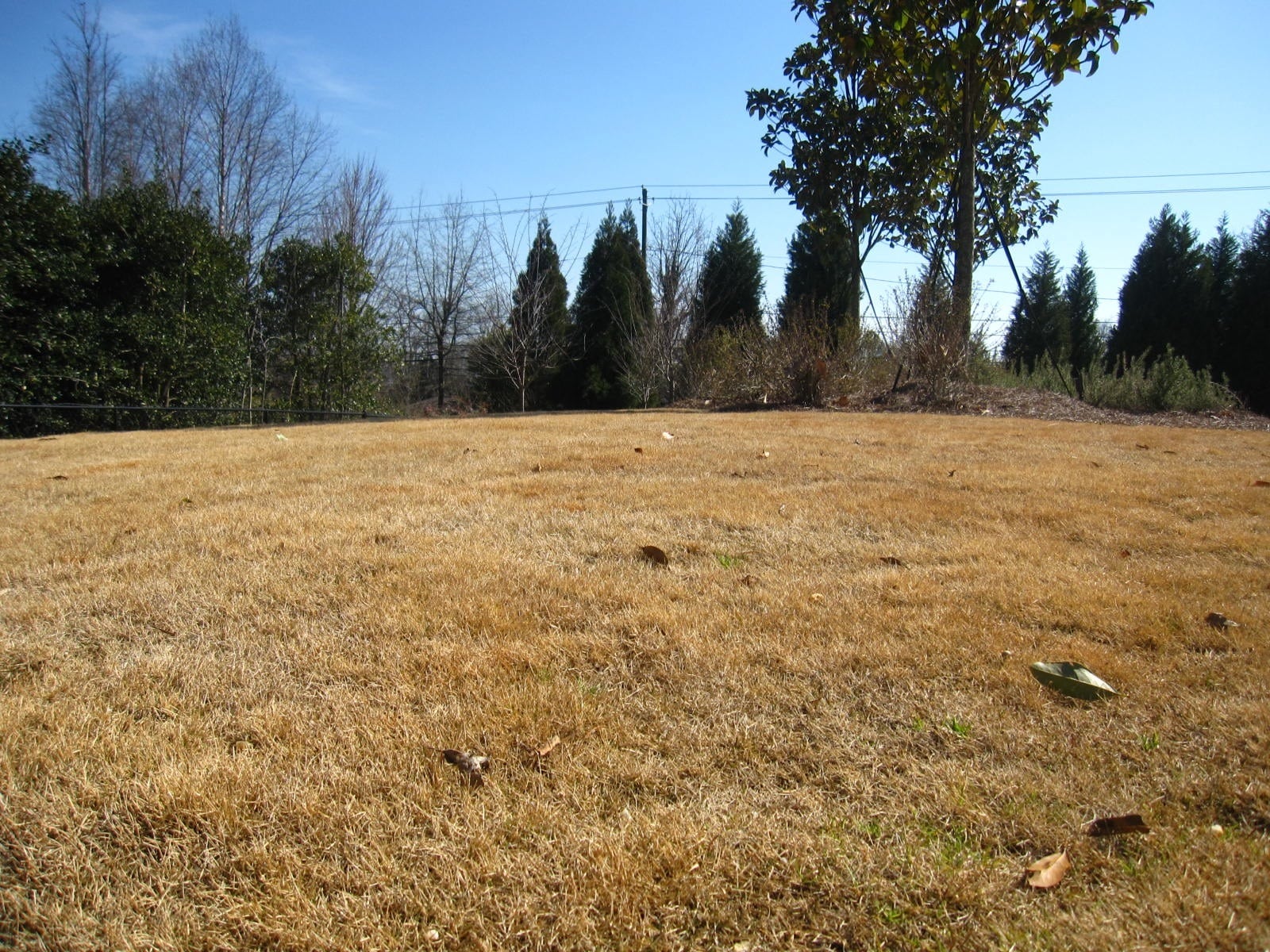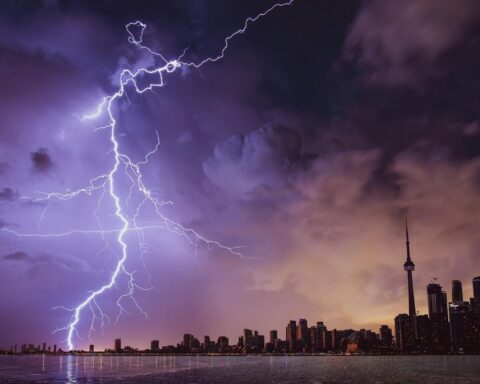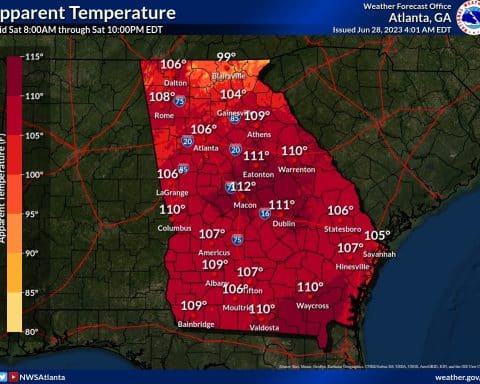A common question asked by many homeowners is “Can you lay sod in the winter?” Contrary to common belief, laying sod in the winter is one of the best times to lay sod in certain locations throughout the southern parts of the United States. There are actually a lot of benefits to laying sod at this time.
It may seem like a bad time to lay sod because warm season grass is not actively growing and dormant. After all, freezing temperatures could potentially kill roots and keep the sod from establishing itself into the soil’s surface. However, this is not true in all cases. There are actually a few benefits to installing warm season turfgrass sod in the winter such as zoysia, bermuda grass and St. Augustine.
Can you lay sod in the winter?
In short, yes, depending on your geographic location, you can plant sod in the winter. Many homeowners and even some professional landscapers are hesitant to lay sod during the winter while grass is dormant. They’re afraid that newly established sod roots could freeze.
The newly establishing sod roots originate at the soil’s surface where temperatures closely resemble the temperatures of the air. If the temperatures are freezing, it could mean your roots/rhizomes freeze, harming your newly laid sod. In truth, more sod is actually lost to heat stress in the summer than to winter’s moderate freezes.
People believe that when it’s hot outside, it’s safe to lay sod. When outdoor temperatures start to exceed 90 degrees Fahrenheit, grass dehydrates and could potentially be severely damaged or die from heat stress if not properly irrigated. This happens more frequently in comparison to the winter when temperatures drop.
Nevertheless, there are a few tips and tricks you can perform in the winter to prevent damage. Successfully laying sod in the winter also greatly depends on the type of grass you are installing as well as where the installation site is geographically located.
Where can you lay sod in the winter?
Green Acres Turf Farm, LLC., is a turfgrass farm located in the low country of South Carolina. They ship sod as far north and inland as Columbia, SC. Charleston is a coastal location making it an ideal environment for installation, but Green Acres will install sod in Columbia all winter long.
Even if outdoor temperatures reach the freezing point in certain areas, it is still okay to install sod—a vast majority of the United States reaches 32 degrees during the winter. However, it’s ill-advised to install sod during the winter when temperatures start to reach the teens on a frequent basis.
A geographic line can be drawn right before Greenville, SC. In fact, some of the best areas to install sod during the winter are located in growing zones 8b–11, which are located in states throughout the lower parts of the US.
The benefits of laying sod in the winter
There are several benefits to laying sod in the winter—one of them is that you’ll more than likely get a head start with establishment in the spring. Once spring rolls around, your grass will be ahead of the game with establishing compared to those who choose to install in the spring.
Another benefit of installing sod in the winter is that although it may be dormant, the sod’s roots are still slowly developing and making progress over the season. Due to its dormancy, it won’t be spending a lot of energy on anything—this means less water and fertilizer while it establishes.
How late is too late to lay sod?
As previously mentioned, waiting until the temperatures outside are consistently reaching the teens (below 20 degrees Fahrenheit) is a bad idea. With that being said, sod can still be laid in the winter even if frost appears in the mornings.
How to care for newly laid sod in the winter
Winter maintenance practices for newly installed sod somewhat differs from that of any other installation season—there’s no mowing and very little irrigation required. When installing, you may want to pull the seams a little closer together than normal to protect it from colder temperatures as demonstrated in the pictures below.
Watering new sod in winter
Even though the grass is dormant, you will want to water it and keep it moist. The root system is not growing as fast, but water is still needed to keep the first two inches of the soil surface moist. A protective coating of water allows for temperatures to freeze the water in place of the grass. About 0.25 inches of water a week should be enough. Irrigate immediately after laying the new sod.
Professional sod installer and landscaper, Mark Lane of Looking Glass Landscaping and Maintenance, LLC., says, “I don’t have a problem with any of the freezes here. I would just make sure it is irrigated properly. The colder it gets, the more you want to make sure it has some moisture on it. The freeze will hurt it more if the grass is dry. A coating of water will freeze the water in place of the plant.”
Fertilizing new sod in winter
Lastly, you do not need to fertilize during winter installation. It is better to wait until spring to make fertilizer applications when the grass is actively growing. Your grass is in dormancy, so it is unable to absorb any nutrients at this time. The fertilizer nutrients will just sit in the soil without bringing about any benefits to your lawn. It will serve as a waste of money and time as well as potentially causing run-off into your ponds and drains when it rains.
Once it starts to green up around the beginning of spring, however, we recommend applying a bottle of Lawnifi® Grow to your newly installed sod because it has plant-available phosphorus in it. As your grass starts to establish, phosphorus is what it needs.
Then in late March and early April, we recommend applying the Lawnifi Spring Fertilizer Box. If you follow these tips after installing sod in the winter, your warm season sod will green up really well in the spring.







